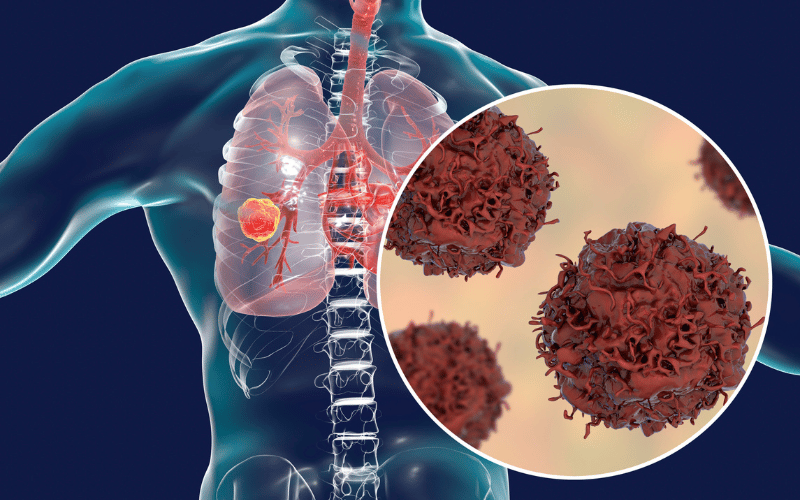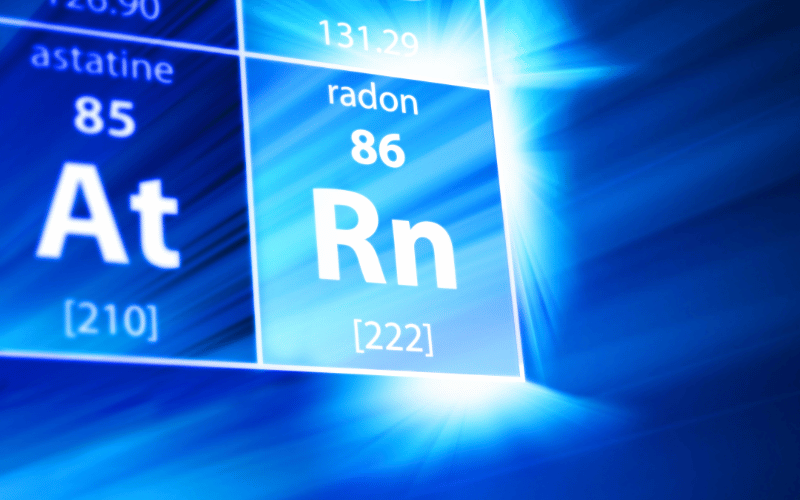Introduction

The mention of lung cancer often evokes a singular image: that of a cigarette-smoking individual. But while smoking is undoubtedly a leading cause, it’s not the only villain in this narrative. Enter radon gas – an unassuming, odorless, and invisible foe that lurks in the shadows of our homes and workplaces. When people think of air pollution, they typically envision factory emissions or vehicle exhaust. However, the dangers can sometimes emanate from the very ground we walk upon.
Radon gas has quietly but steadily risen in notoriety, warranting attention from homeowners, health professionals, and environmentalists alike. It’s not something you’d immediately think about, like the mold in your bathroom or the pollen count outside. Yet, the health implications of prolonged radon exposure are profound, with a significant link to the dreaded lung carcinoma. This article sets out to highlight the ten most pivotal facts about radon gas and its association with lung cancer.
The sheer invisibility and lack of scent make radon a clandestine adversary. It sneaks into our living spaces, emitted from natural processes occurring right beneath our feet. And while its presence is natural, the ramifications on our health are anything but benign. As we delve into the core facts about radon gas, you’ll come to appreciate the gravity of its impact and, hopefully, recognize the urgency of addressing it.
Fact 1: What is Radon Gas?

Radon is a gas, but not the sort you can see or smell. It is produced naturally when uranium, a common earth element, undergoes decay. This process, as innocuous as it might sound, has profound implications.
While radon is present nearly everywhere, it’s not the outdoor levels that concern health experts. Rather, it’s when radon finds its way indoors that alarm bells ring. This stealthy invader can seep into homes through cracks in the foundation, becoming trapped and concentrating to dangerous levels.
Now, you might wonder why a natural gas, found in the air we breathe daily, causes such an uproar. The issue lies in its radioactive nature. As radon breaks down, it releases radioactive particles. Over time, prolonged exposure to elevated levels of these particles poses significant health risks.
In spaces where ventilation is limited, like basements, radon can accumulate to levels much higher than the outdoors. Unfortunately, it’s not as simple as opening a window. Consistent and strategic measures are often required to manage and reduce radon concentrations effectively.
As the first step in any battle is knowledge, understanding what radon is and how it enters our living spaces is critical. Only then can we arm ourselves with the tools and strategies to keep it at bay. (1)